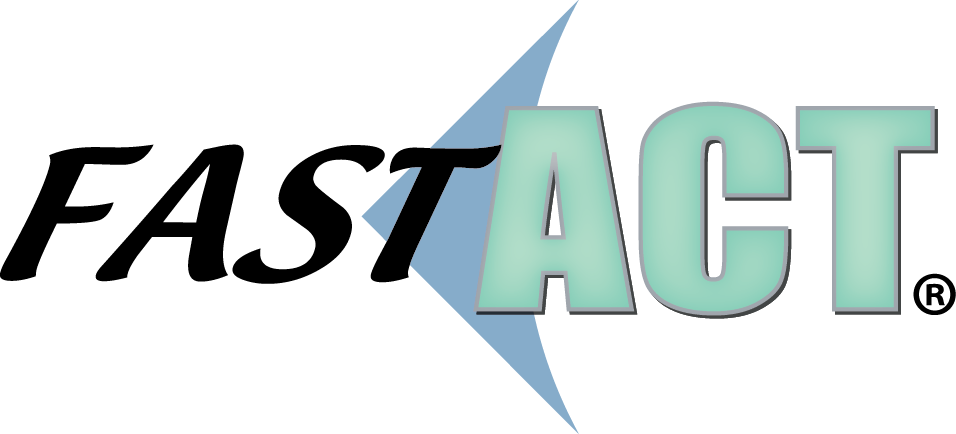[vc_row type=”in_container” full_screen_row_position=”middle” scene_position=”center” text_color=”dark” text_align=”left” overlay_strength=”0.3″ shape_divider_position=”bottom”][vc_column column_padding=”no-extra-padding” column_padding_position=”all” background_color_opacity=”1″ background_hover_color_opacity=”1″ column_shadow=”none” column_border_radius=”none” width=”1/1″ tablet_text_alignment=”default” phone_text_alignment=”default” column_border_width=”none” column_border_style=”solid”]
What are the 3 Types of Chemical Agents?
[divider line_type=”Full Width Line” line_thickness=”1″ divider_color=”default”][/vc_column][/vc_row][vc_row type=”in_container” full_screen_row_position=”middle” scene_position=”center” text_color=”dark” text_align=”left” overlay_strength=”0.3″ shape_divider_position=”bottom”][vc_column column_padding=”no-extra-padding” column_padding_position=”all” background_color_opacity=”1″ background_hover_color_opacity=”1″ column_shadow=”none” column_border_radius=”none” width=”1/1″ tablet_text_alignment=”default” phone_text_alignment=”default” column_border_width=”none” column_border_style=”solid”]A chemical agent is a substance which is intended for use in military operations to kill, seriously injure, or incapacitate people because of its physiological effects. When discussing chemical agents there are 3 main types of chemical agents, the three types are nerve agents, blister agents, or choking agents. Even though these are the 3 classifications of chemical agents, the plethora of chemical weapons and their effectiveness is controlled by other factors including age, purity, weather conditions, wind directions, means of dissemination, and other factors. Some of these chemical weapons can take hours to kill, while others can be less harmful and present a less dangerous environment to people exposed. Below we are going to break down each chemical agent type and the dangers present by these chemical agents to the environment and human health.
List of Chemical Agents
Scientist often categorizes a list of chemical agents by the types of chemical or by the effects a chemical would have on those that have been exposed. The 3 types of chemicals agents – nerve, blister, or choking – all have different characteristics that make each one in their own right dangerous.
 Nerve Agents
Nerve Agents
A group of particularly toxic chemical warfare agents, developed before World War I. Nerve agents include Tabun (GA), Sarin (GB), Soman (GD), Cyclosarin (GF), and Methylphosphonic Acid (VX). The effects of nerve agents are mainly due to their ability to inhibit acetylcholinesterase throughout the body. In its pure state nerve agents are colorless and mobile liquids, and a contain a fruity odor to it. The symptoms following nerve agent exposure include eye & head pain, respiratory symptoms, gastrointestinal symptoms, and muscle & gland issues.
Blister Agents
Blister agents or “vesicants” are chemicals which have ruthlessly irritating properties that create fluid-filled pockets on the skin and damage to the eyes, lungs, and other mucous membranes. Vesicants burn and blister the skin or any other part of the body they contact. Specifically impacting eyes, lungs, skin, and organs. The different types of vesicant agents include Sulfur Mustard (HD), Nitrogen Mustard (HN), Lewisite (L), and Phosgene (CX).
Choking Agents
This classification of chemical warfare agents – classed as the lung-damaging agents – attacks lung tissue, primarily producing pulmonary edema. Choking agents include Phosgene (CG), Diphosgene (DP), Chlorine (CI), and Chloropicrin (PS). During and after exposure to choking agents, you are likely to experience coughing, choking, tightness in the chest, nausea, and occasional vomiting, headache, and watery eyes.
Protection from Chemical Weapons
Chemical weapons deployed into the environment can be extremely hazardous to human health. And the limited resources available to offer protection from these agents make the danger even more palpable. However, FAST-ACT could be the perfect solution to your chemical decontamination aspirations. FAST-ACT utilizes a proprietary technology that is highly reactive against a broad spectrum of chemicals and odors in the environment and works to break down these compounds at the source, completely eliminating them. This technology is even effective against chemical warfare agents including nerve, blister, and choking agents that have been exposed to the environment. FAST-ACT offers a variety of applications for both surface and vapor decontamination, as well as inhalation protection with the VapourKlenz Face Mask. To learn more about the FAST-ACT Chemical Decontamination products, click here!


